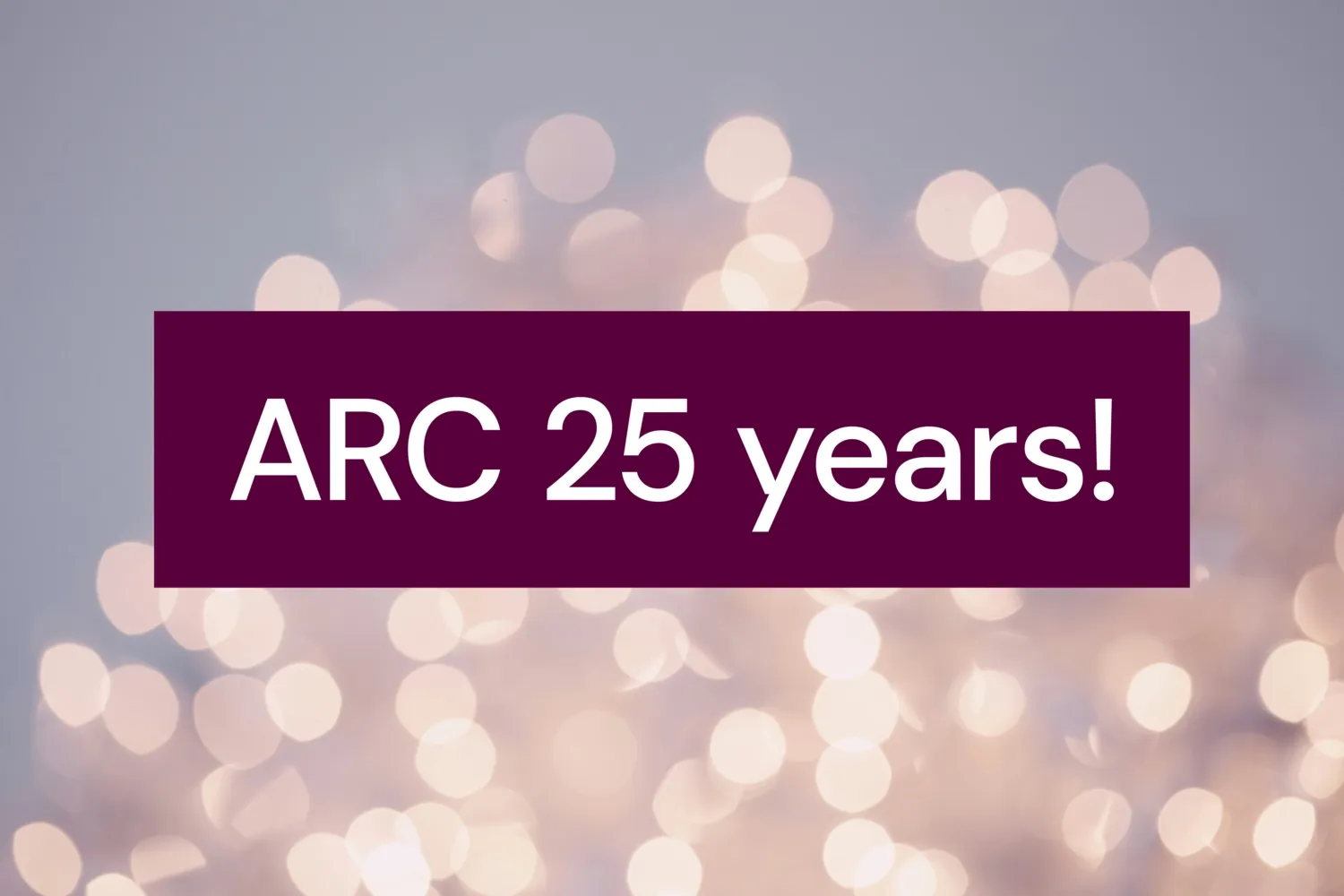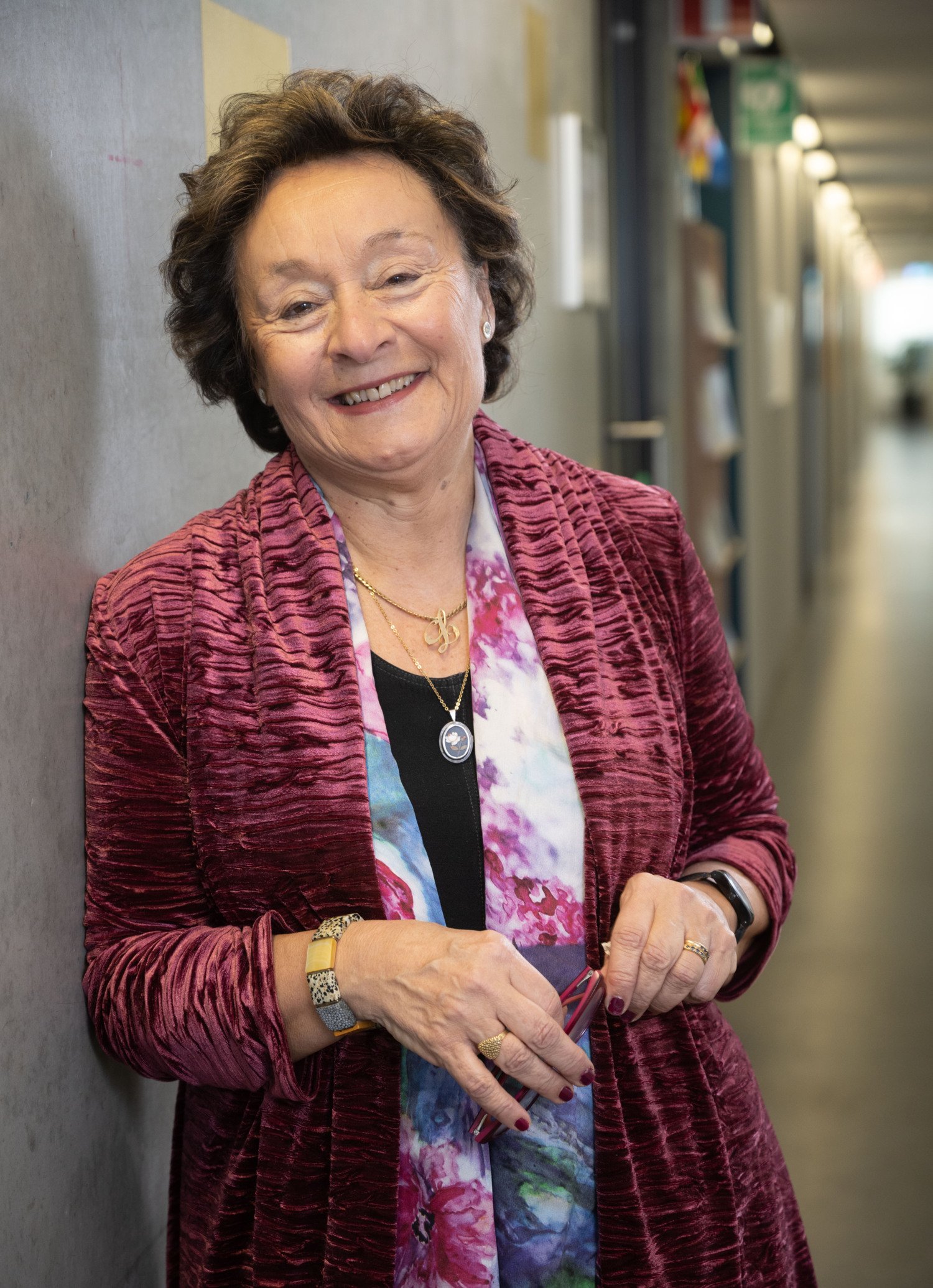How ARC emerged 25 years ago

The Aging Research Center (ARC) was established in the year 2000, at a time when geriatric research was still in its infancy and little was known about dementia-related diseases. This happened during a period when politicians and decision-makers began to take an interest in the growing ageing population and the challenges that were becoming apparent in healthcare and social care as a result.
Two of the key figures behind ARC’s formation were Bengt Winblad, now Senior Professor at the Division of Neurogeriatrics, and Laura Fratiglioni, also Senior Professor at ARC, both at the Department of Neurobiology, Care Sciences and Society.
The establishment of ARC would give the research focus greater prominence, given that it was to be set up by Karolinska Institutet and Stockholm University. In fact, it was something of a spin-off from the Stockholm Gerontology Research Centre (stiftelsen Äldrecentrum), from which many of ARC’s founders came.

“As always it is about being in the right place at the right time,” says Laura Fratiglioni.
“Bengt Winblad, Mats Thorslund, Lars Bäckman and I were already working together at Äldrecentrum. We collaborated on the Kungsholmen Project as a group. Suddenly, there was a surge of interest in the ageing population. The government wanted to invest in ageing research. We applied for funding from FORTE for a dedicated centre and were granted it.”
“Then we started recruiting more people,” she continues. “Marti Parker, who sadly is no longer with us, was one of the first to be employed. Another important person early on was Eva von Strauss, later Professor of public health at the Red Cross University College.”
Research and healthcare
Bengt Winblad, who became a Professor of Geriatrics at the relatively young age of 39, has played a major role in developing the field of geriatrics and ageing, both in research and healthcare. As Head of Research at Äldrecentrum, he was a key figure in the formation of ARC.
“My main aim with Äldrecentrum and ARC was to create a link to healthcare and social care. Basic research findings, especially from epidemiological studies, should lead to improved care” Bengt Winblad says.
He is passionate about connecting research and healthcare—bringing research into healthcare and vice versa.
Laura Fratiglioni’s role in the establishment of ARC stemmed from her strong profile as a dementia researcher and specialist in both epidemiology and neuroscience, with twenty years of hospital experience giving her a strong clinical link.
She recalls that Bengt Winblad and Mats Thorslund were the visionaries who came up with ideas for how the organisation should be structured.
“We invested in senior researchers who could attract funding and, in turn, hire postdocs, creating a growing and forward-moving group.”
Laura Fratiglioni also praises Mats Thorslund for the implementation. ARC became a multidisciplinary project with general ageing research at SU and KI, something very rare at the time.
“We collaborated with Äldrecentrum from the very beginning. We were based in their premises, and Äldrecentrum was responsible for the Kungsholmen Project,” Laura Fratiglioni says.
“It’s been a fantastic collaboration, which continues to this day,” she adds.
Several national studies
After the Kungsholm project was discontinued, due to the gradual passing of its participants, SNAC-Kungsholmen (SNAC-K) was launched. SNAC-K is part of the national study SNAC (Swedish National Study on Aging and Care), which follows older people in different parts of Sweden, both in cities and in rural areas. Äldrecentrum and ARC are jointly responsible for SNAC-K.
Bengt Winblad emphasises that ARC has truly contributed to society with its national studies.
“My aim when with the building of ARC was to create a centre with a future. We wanted a structure that allowed continuity,” says Laura Fratiglioni.
The foundation was laid during ARC’s first six years. A strong, stable leadership group worked together with the aim of building robust structures and scientific strength.
“We worked hard on internal organisation, but also on our international profile. We wanted to become a well-known centre, and we succeeded thanks to strong prioritisation,” explains Laura Fratiglioni.
“I worked on Alzheimer’s disease prevention, Mats Thorslund and Marti Parker focused on health inequalities, and Lars Bäckman researched neurocognitive ability and normal ageing. Together, we showed how people age and which functions govern it.”

We have had a great time
“Laura Fratiglioni has been a real gem,” says Bengt Winblad, praising her for how she developed ARC.
If he could relive these 25 years with ARC, he would have invested even more in collaboration with basic researchers, he admits. Still, he is satisfied with the outcome.
“What I wanted with ARC, through close contact with municipalities, was to translate research findings into practice. And we have succeeded. We have implemented a lot in practical work.”
However, he feels that ARC’s new location in the Widerström building on KI’s Solna campus has benefited research but perhaps weakened ties with the region and municipalities, which were stronger when sharing premises with Äldrecentrum.
Laura Fratiglioni was ARC’s Director for a total of 16 years. Asked if she is satisfied with ARC’s development, she replies:
“Yes, it turned out even better than I had hoped, and I usually aim very high! I’m so proud of the younger colleagues now taking care of ARC.”
“By integrating clinical and basic research within a large epidemiological study, we have managed to answer important scientific questions.”
“But I’m also proud of how much fun we have had along the way,” Laura Fratiglioni concludes.
